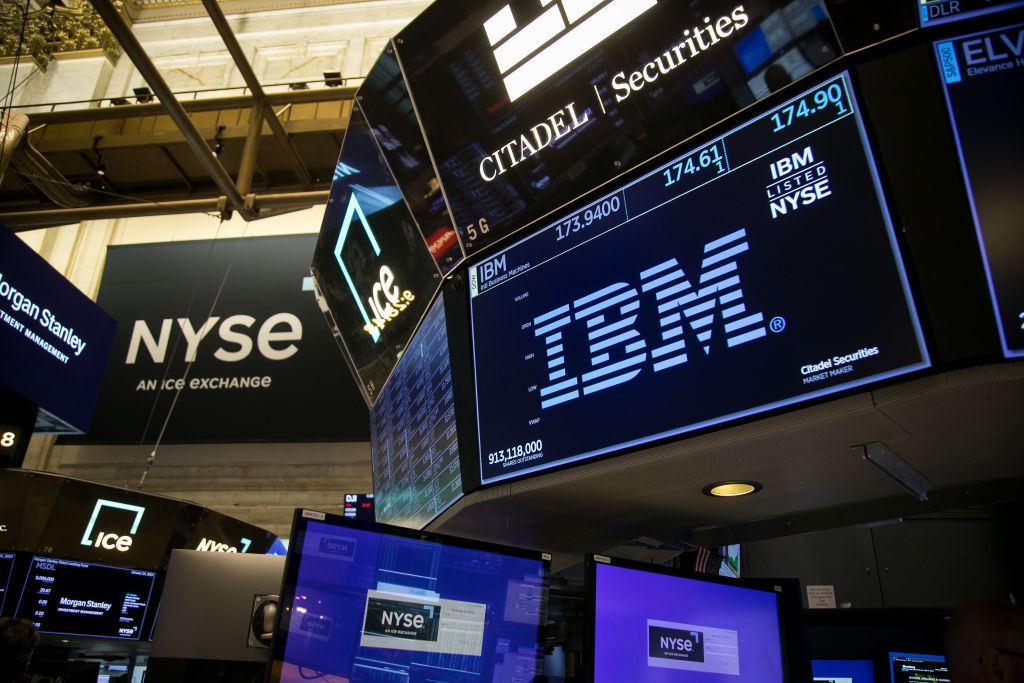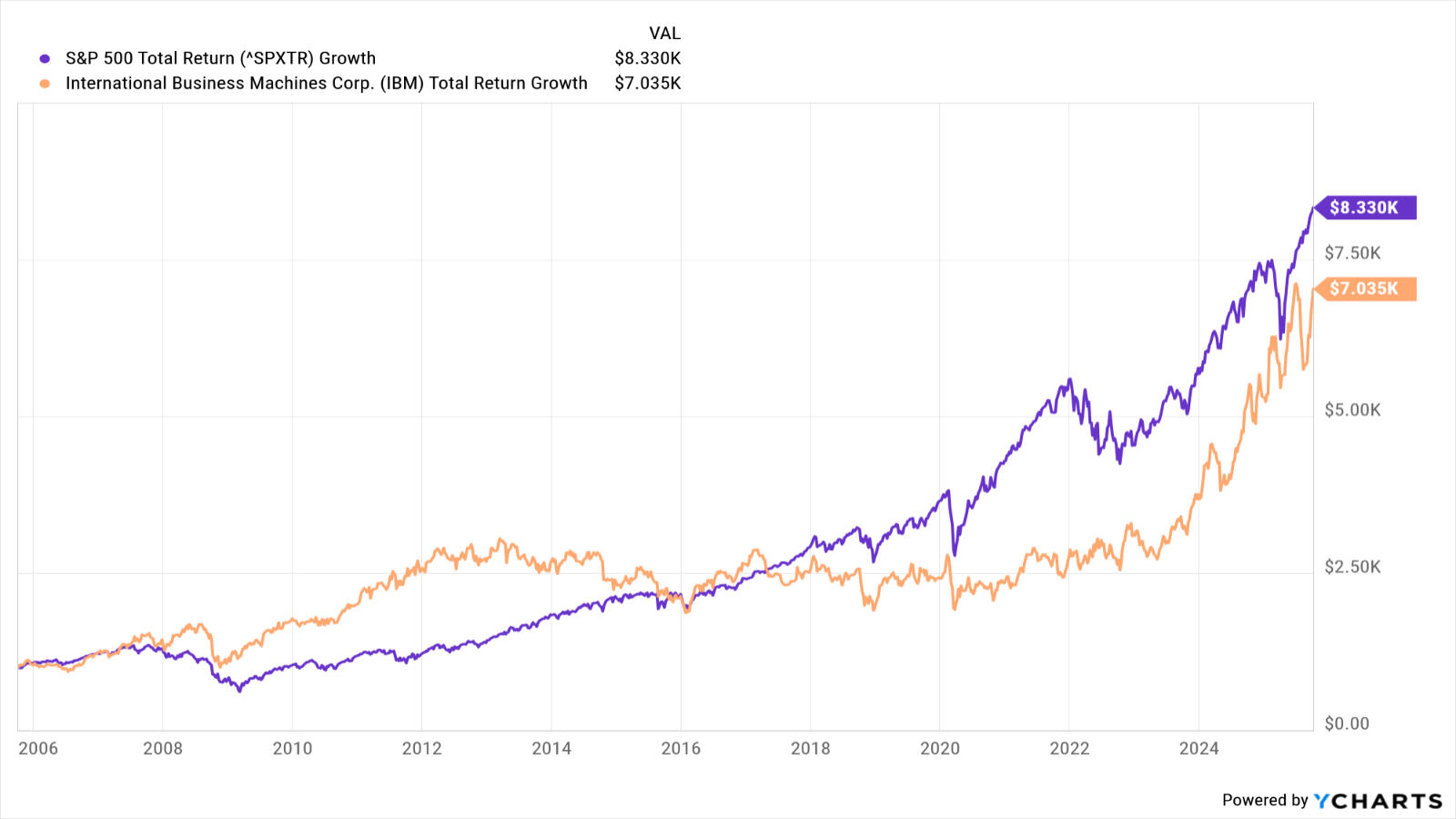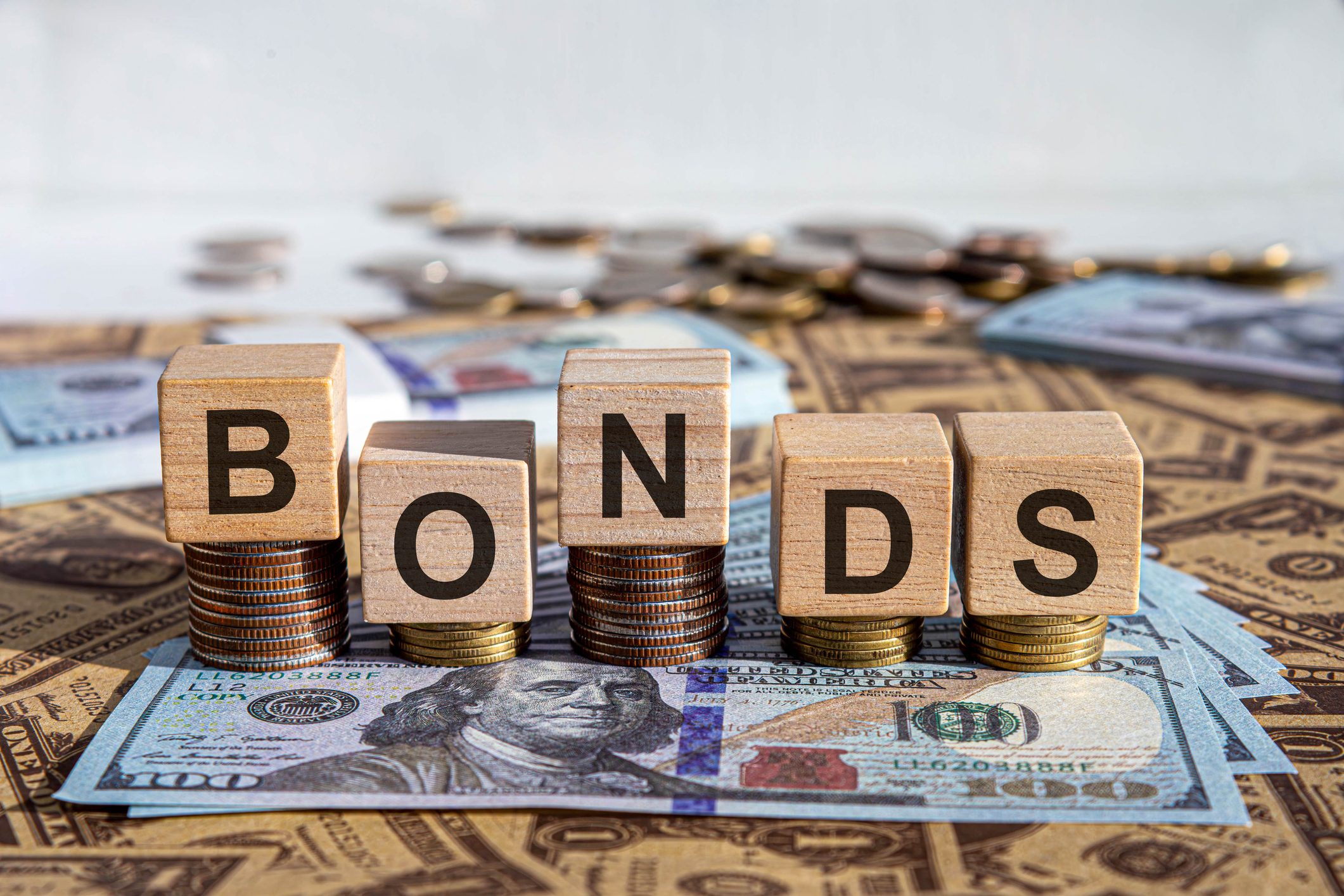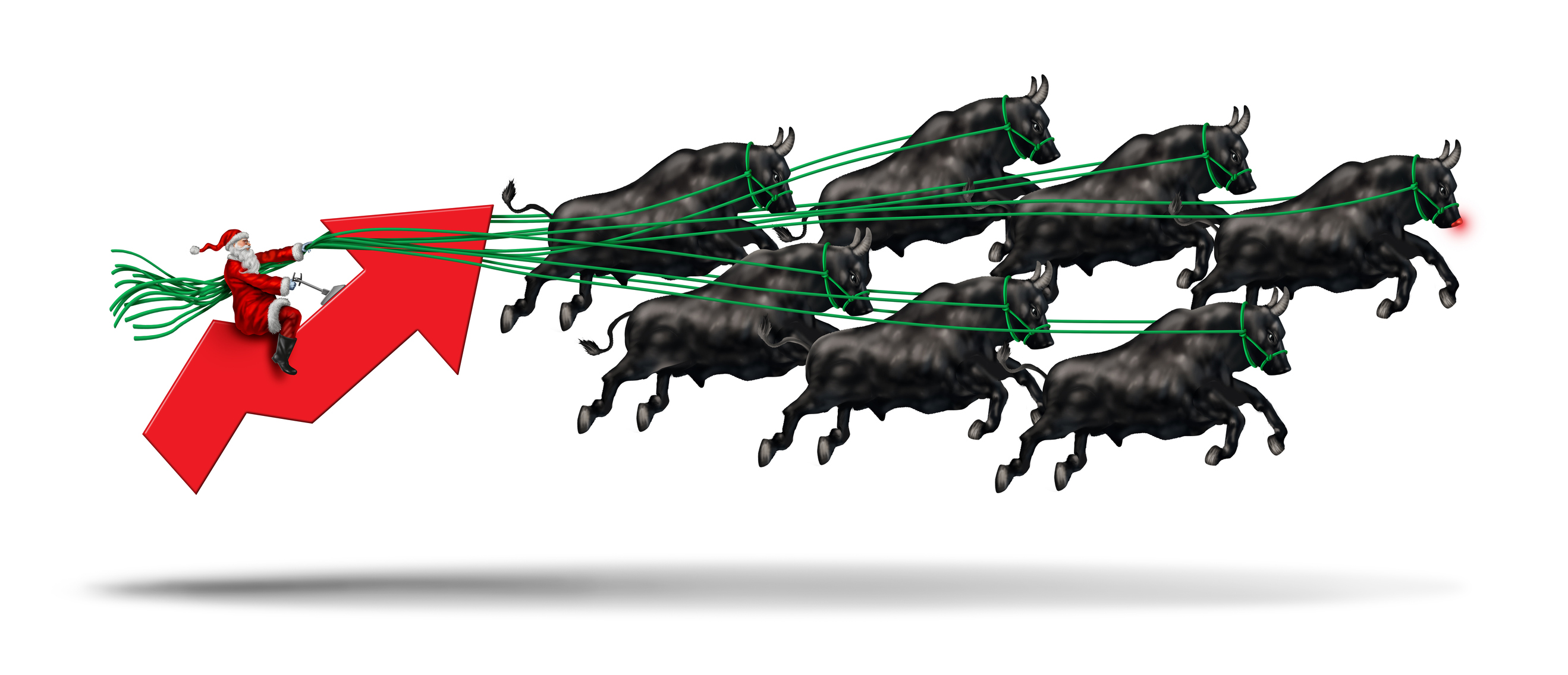If You'd Put $1,000 Into IBM Stock 20 Years Ago, Here's What You'd Have Today
Big Blue has been a big bust for truly long-term investors.



Few companies are more closely associated with the rise and dominance of the American technology industry over the course of the 20th century than International Business Machines (IBM).
The company that came to be known as Big Blue is sort of the O.G. of big tech stocks. IBM, founded before World War I, became the industry leader in pretty much every market it entered, from early punch-card tabulating systems to electric typewriters to mainframe and personal computers.
IBM stock was a fantastic buy-and-hold bet over those many decades. From 1926 to December 2019, IBM created $525.9 billion in shareholder wealth, according to research by Hendrik Bessembinder, a finance professor at the W.P. Carey School of Business at Arizona State University.
From just $107.88 $24.99 for Kiplinger Personal Finance
Become a smarter, better informed investor. Subscribe from just $107.88 $24.99, plus get up to 4 Special Issues

Sign up for Kiplinger’s Free Newsletters
Profit and prosper with the best of expert advice on investing, taxes, retirement, personal finance and more - straight to your e-mail.
Profit and prosper with the best of expert advice - straight to your e-mail.
Only seven U.S. stocks generated better returns for shareholders over that span.
Times change. IBM ceded ground to any number of peers, including some of the Magnificent 7 stocks sporting multitrillion-dollar market caps today. The result? Shares in this long-time Dow Jones stock have been a major disappointment for decades.
As a member of the S&P 500 Dividend Aristocrats, IBM is a top-notch name for dependable dividend growth. Not only has the company paid consecutive quarterly dividends since 1916, it has increased its payout annually for 30 years and counting.
However, even after factoring in those reliable and rising dividends, IBM stock has been a market laggard for some time.
The bottom line on IBM stock?

IBM's 20th century glory days are so much a thing of the past that the stock's performance now lags that of the broader market over any standardized time period beyond five years.
Here's the breakdown: IBM stock's all-time annualized total return (price change plus dividends) comes to 4.9%. The S&P 500 generated an annualized total return of 10.8% over the same span.
It doesn't end there. Shares in the tech giant beat the broader market on an annualized total return basis in the past one-, three- and five-year periods, but lag badly over longer time frames.
It should come as no surprise that if you invested a grand in IBM stock a couple of decades ago, you would be deeply disappointed by the results today.
Have a look at the above chart, and you'll see that if you put $1,000 into IBM stock 20 years ago, it would be worth about $7,000 today. That's good for an annualized total return of 10.3%.
The same sum socked away into the S&P 500 over the past two decades would theoretically be worth about $8,300 today, or 11.2% annualized.
The bottom line? Big Blue has been a buy-and-hold bust in the 21st century,
More Stocks of the Past 20 Years
- If You'd Put $1,000 Into Intel Stock 20 Years Ago, Here's What You'd Have Today
- If You'd Put $1,000 Into Apple Stock 20 Years Ago, Here's What You'd Have Today
- If You'd Put $1,000 Into Adobe Stock 20 Years Ago, Here's What You'd Have Today
Profit and prosper with the best of Kiplinger's advice on investing, taxes, retirement, personal finance and much more. Delivered daily. Enter your email in the box and click Sign Me Up.

Dan Burrows is Kiplinger's senior investing writer, having joined the publication full time in 2016.
A long-time financial journalist, Dan is a veteran of MarketWatch, CBS MoneyWatch, SmartMoney, InvestorPlace, DailyFinance and other tier 1 national publications. He has written for The Wall Street Journal, Bloomberg and Consumer Reports and his stories have appeared in the New York Daily News, the San Jose Mercury News and Investor's Business Daily, among many other outlets. As a senior writer at AOL's DailyFinance, Dan reported market news from the floor of the New York Stock Exchange.
Once upon a time – before his days as a financial reporter and assistant financial editor at legendary fashion trade paper Women's Wear Daily – Dan worked for Spy magazine, scribbled away at Time Inc. and contributed to Maxim magazine back when lad mags were a thing. He's also written for Esquire magazine's Dubious Achievements Awards.
In his current role at Kiplinger, Dan writes about markets and macroeconomics.
Dan holds a bachelor's degree from Oberlin College and a master's degree from Columbia University.
Disclosure: Dan does not trade individual stocks or securities. He is eternally long the U.S equity market, primarily through tax-advantaged accounts.
-
 Changes Are Coming for This Invesco Bond Fund
Changes Are Coming for This Invesco Bond FundThe Invesco BulletShares 2026 Corporate Bond ETF's bonds will mature in 2026. Here's what investors should do.
-
 What Science Reveals About Money and a Happy Retirement
What Science Reveals About Money and a Happy RetirementWhether you’re still planning or already retired, these research-based insights point the way to your best post-work life.
-
 7 Retirement Planning Trends: What They Mean for You in 2026
7 Retirement Planning Trends: What They Mean for You in 2026From government shutdowns to market swings, the past 12 months have been nothing if not eventful. The key trends can help you improve your own financial plan.
-
 Changes Are Coming for This Invesco Bond Fund
Changes Are Coming for This Invesco Bond FundThe Invesco BulletShares 2026 Corporate Bond ETF's bonds will mature in 2026. Here's what investors should do.
-
 7 Retirement Planning Trends in 2025: What They Mean for Your Wealth in 2026
7 Retirement Planning Trends in 2025: What They Mean for Your Wealth in 2026From government shutdowns to market swings, the past 12 months have been nothing if not eventful. The key trends can help you improve your own financial plan.
-
 What Defines Wealth: Soul or Silver? Good King Wenceslas' Enduring Legacy in the Snow
What Defines Wealth: Soul or Silver? Good King Wenceslas' Enduring Legacy in the SnowThe tale of Good King Wenceslas shows that true wealth is built through generosity, relationships and the courage to act kindly no matter what.
-
 An Investing Pro's 5 Moves to Help Ensure 2025's Banner Year in the Markets Continues to Work Hard for You in 2026
An Investing Pro's 5 Moves to Help Ensure 2025's Banner Year in the Markets Continues to Work Hard for You in 2026After a strong 2025 in the stock market, be strategic by rebalancing, re-investing with a clear purpose and keeping a disciplined focus on your long-term goals.
-
 The Santa Claus Rally Officially Begins: Stock Market Today
The Santa Claus Rally Officially Begins: Stock Market TodayThe Santa Claus Rally is officially on as of Wednesday's closing bell, and initial returns are positive.
-
 Introducing Your CD's Edgier Cousin: The Market-Linked CD
Introducing Your CD's Edgier Cousin: The Market-Linked CDTraditional CDs are a safe option for savers, but they don't always beat inflation. Should you try their counterparts, market-linked CDs, for better returns?
-
 'Humbug!' Say Consumers, Despite Hot GDP: Stock Market Today
'Humbug!' Say Consumers, Despite Hot GDP: Stock Market Today"The stock market is not the economy," they say, but both things are up. Yet one survey says people are still feeling down in the middle of this complex season.
-
 The SEC Is Concerned for Older Investors and Retirement Savers. Here's What You Should Know.
The SEC Is Concerned for Older Investors and Retirement Savers. Here's What You Should Know.The SEC focusing on older investors, retirement and college savers, and private securities. Here's how those changes impact you.